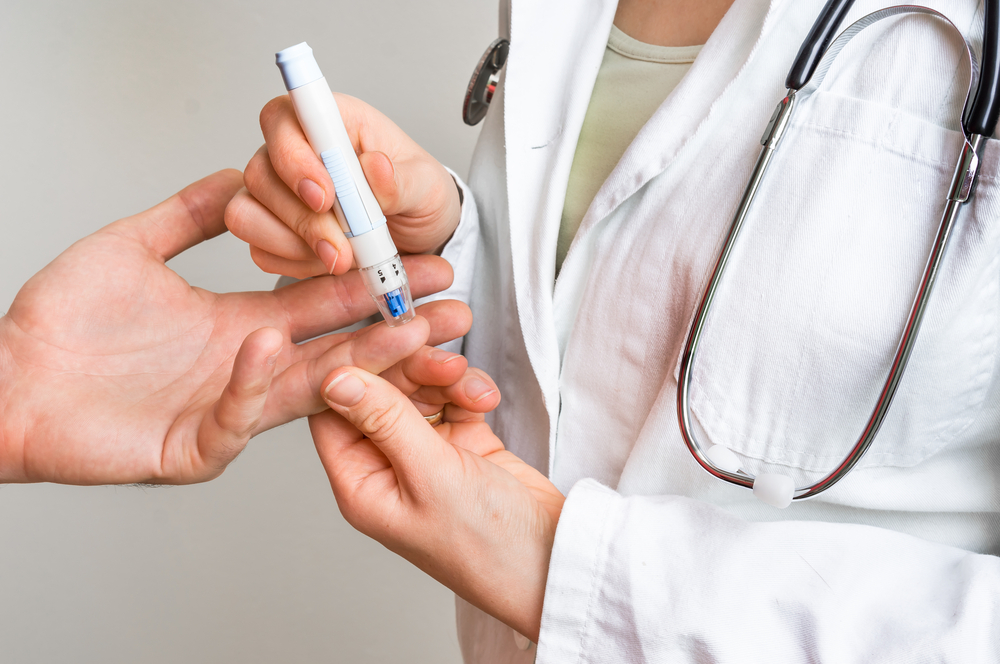
A glucose tolerance test is used to help diagnose gestational diabetes and type 2 diabetes. It measures how well your body’s cells are able to absorb glucose, or sugar, after you ingest a given amount of sugar. There are three versions of the oral glucose tolerance test:
In the eight hours leading up to the test, you should not eat food or drink any beverages aside from water.
Doctors should screen all women for gestational diabetes for it can cause pregnancy complications. Early detection and prompt treatment are important.
Risks of a glucose tolerance test
These tests have no serious risks. If they’re testing you for gestational diabetes, this test has no associated serious risks for your or your baby. Breaking the skin barrier can slightly increase your risk of infection such as redness and swelling around the puncture site, and fever. You may also faint or feel dizzy from not eating.
Some people find the glucose drinks difficult to tolerate, especially those with higher levels of sugar. You may experience:
Preparing for a glucose tolerance test
Preparing for the glucose tolerance test involves the following:
DIAGNOSIS
During the test
The test can take place in your doctor’s office or a local lab. A technician will take a blood sample to measure your baseline glucose level. This part of the test is also called a fasting glucose test. The test will vary depending on whether you’re being tested for diabetes or gestational diabetes.
A two-hour 75-gram oral glucose tolerance test (OGTT) is used to test for diabetes. A healthcare provider will take a fasting lab draw to test your fasting glucose level first. They’ll then ask you to drink 8 ounces of a syrupy glucose solution that contains 75 grams of sugar. You’ll then wait in the office for two hours. At the two-hour mark, they’ll ask you for another blood sample.
Your doctor may use two tests to help them determine if you have gestational diabetes. The first test uses the same two-hour test already described, except that you’ll have a blood draw at both the one-hour and the two-hour mark. The second test involves a one-hour screening and then a three-hour glucose tolerance test if the one-hour screening levels are elevated. After drawing a fasting glucose, you’ll drink a solution with 50 grams of sugar. An hour later, you’ll give a blood sample. A lab technician will use this sample to measure your blood sugar level. The second step is generally only conducted if the first step has a positive result.
After the test
For diabetes, your doctor may recommend that you take more tests before they make a diagnosis. No other testing will be done to diagnose gestational diabetes.
If you are diagnose with prediabetes or diabetes, the doctor will recommend that you make diet and exercise changes. They may also prescribe diabetes medications as needed.
Doctors treat gestational diabetes with diet and activity, and your doctor will add medication to your treatment if you need it. to make sure they’re within the recommended targets Your doctor will ask you to monitor your blood sugar levels everyday. If you have gestational diabetes, you should start treatment right away. Unmanaged diabetes can lead to having a larger sized baby. This may cause complications during delivery, premature delivery, and other complications, such as preeclampsia. Your doctor will work with you to develop a treatment plan that works best for you.
Overview and FactsTypes and SymptomsDiagnosis & MedicationsOverview and Facts Tetralogy of Fallot is a congenital heart defect that affects the [...]
Overview and FactsTypes and SymptomsDiagnosis & MedicationsOverview and Facts Trichinosis, also known as trichinellosis, is a parasitic infection caused by [...]
Overview and FactsTypes and SymptomsDiagnosis & MedicationsOverview and Facts Trigeminal neuralgia is a neurological condition characterized by severe facial pain. [...]